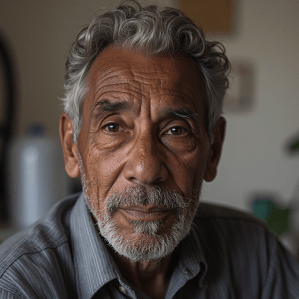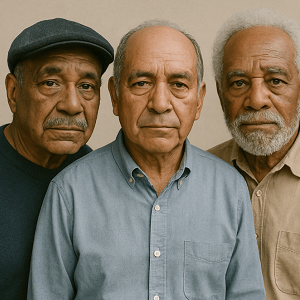A new NIH-funded study has uncovered significant disparities in survival outcomes for cardiac arrest patients receiving bystander CPR, with Black adults and women experiencing fewer benefits compared to white adults and men.
The research, published in Circulation, analyzed over 620,000 cardiac arrest cases in the U.S. from 2013 to 2022. While bystander CPR generally increased survival chances by 28%, the benefits varied dramatically across demographic groups. White adults saw a 33% increase in survival odds with bystander CPR, compared to just 9% for Black adults. Similarly, men experienced a 35% boost in survival odds, while women saw only a 15% increase.Dr. Paula Einhorn from the National Heart, Lung, and Blood Institute emphasized the need to understand and address these disparities, stating, “We need to do more to ensure equitable outcomes for all patients needing CPR.”
The study’s lead author, Dr. Paul Chan, highlighted the importance of CPR quality, not just frequency. “It’s not just about whether bystander CPR was done, but was it done well for everyone,” he noted.
Researchers suggest that differences in CPR training and access could contribute to these disparities. They recommend further investigation into various factors, including the type of CPR training received, the use of diverse mannequins in training, and the role of emergency dispatcher support.
This study builds on previous research showing inequities in bystander CPR rates for Black and Hispanic individuals and women in public places. The findings underscore the urgent need for targeted interventions to improve CPR outcomes across all demographic groups and address persistent health disparities in cardiac care.
See “Disparities found in survival benefits for people receiving bystander CPR for cardiac arrest” (August 7, 2024)



